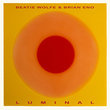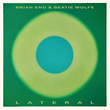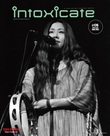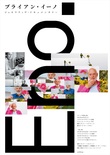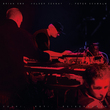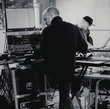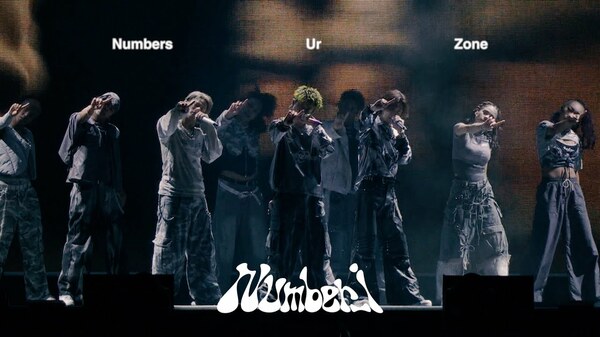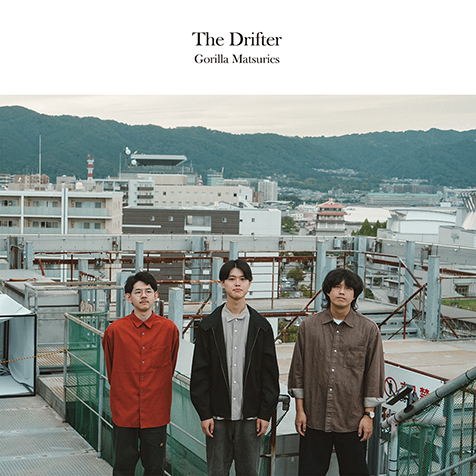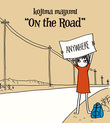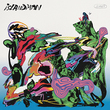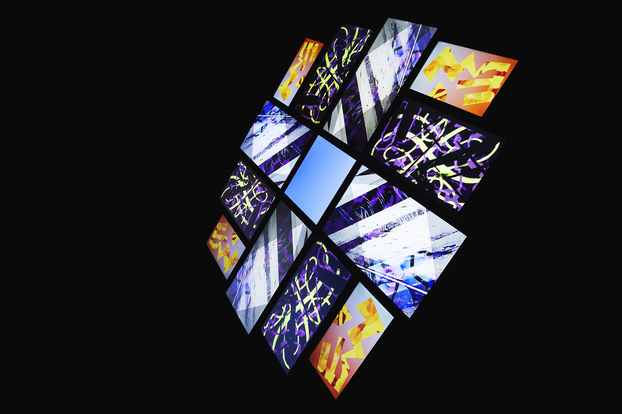
Photo by So Hasegawa
The ambience generated by lights, sounds and images
Exhibition “Brian Eno Ambient Kyoto”
People who visited Laforet Harajuku in 2006 realized that Brian Eno, inscribing his name in the history of music as the initiator of “Ambient music,” devotes his artistic energy to visual art, especially Installation. At the corner of the exhibition space in Harajuku, there sat a piece which is composed of lights and sounds with the title 77 Million Paintings, a “visual music,” according to the artist himself. And its large and small rectangles lined in grids are gradually changed to dissolve. 77 Million designate the actual number of the combinations automatically generated by the system, and even though I understand it is a limited number, this stupendous number suggests the theory that the image never shows up again once it has appeared together with the music which is also generated automatically. In June of 2022, the work of art with that theory is now ready to show up in our country again after 16 years of silence.
The first exhibition was held in Tokyo and this second one reappears in Kyoto, as part of the architectural space of Kyoto Central Credit Bank Former Welfare Center. The exhibition is titled “Brian Eno Ambient Kyoto”. The show exhibits 3 works, including the above-mentioned 77 Million Paintings. It can be said that this is the first that focuses on the aspect that his art is produced autonomously and integrates the sensation, which has been ignored due to his big achievement in music, and is regarded to be subordinate to his music. The first thing to notice is the diversity brought up by different shapes and forms from different periods of production. But the more you look carefully, the clearer the system of his concept, the perspective of each work surfaces.
The concept of “generation”, so-called “generative”, plays an important function in the process of structuring the system. Eno began to develop a program to generate music automatically, which brought the program named “Koan” under the collaboration with SSEYO. And he released Generative Music 1 on the floppy disk which copies 12 songs generated by koan. What Eno describes as “generative music” is the music that transforms whenever it appears, so the listener will never capture the same music again. The recorded, but unfixed way music is presented seems to suggest both obstructing its identification as a piece of work and evoking differences that occur inevitably in every representation by each performance. But this is nothing but the fundamental question of the music invoked in each performance. No one indeed plays generative music. The system runs itself by a specific algorithmic rule and alters output by each input. If we applied the concept of composition to it, the invention of rules would be composing. As you know, the unpredictability of results is also the subject that experimental music after the 1950s has tackled. As Eno himself confesses the influence of John Cage and Cornelius Cardew, we can not ignore these composers. Nonetheless, we should understand that Eno has critically survived strong restraint by the ideas of his forerunners. Moreover, the reason why the term “generative” reverbs its reality, is that technology such as AI or deep learning begins to wear the concept as real, isn’t it?






